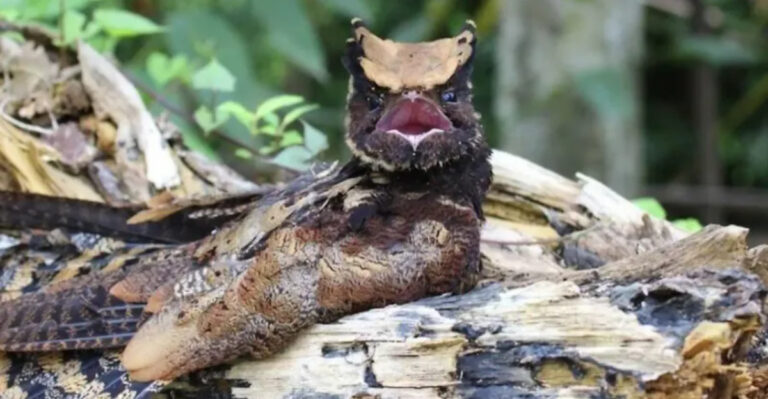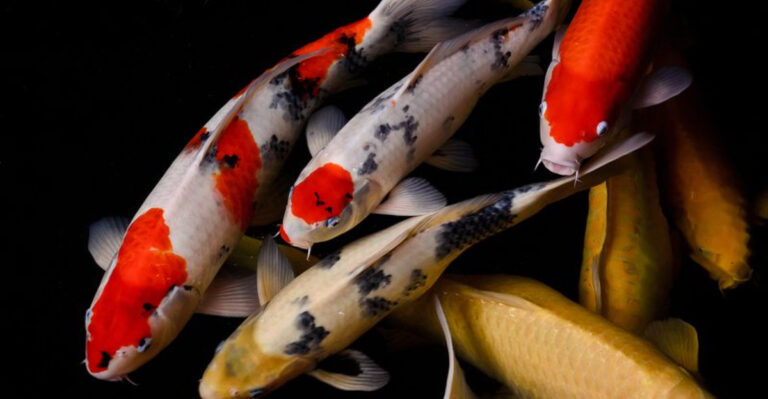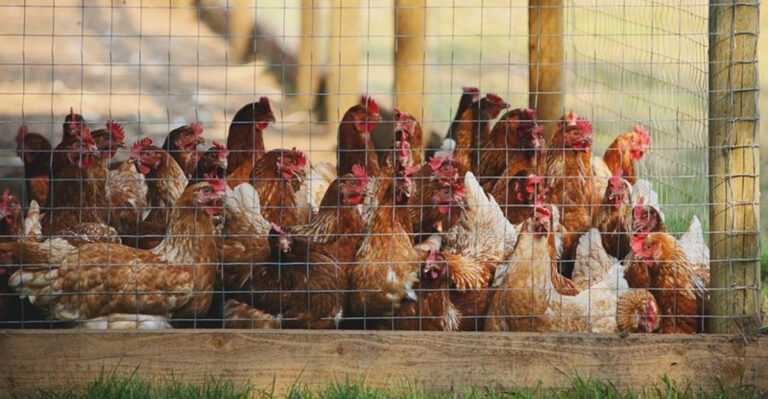What Do Beetles Eat?
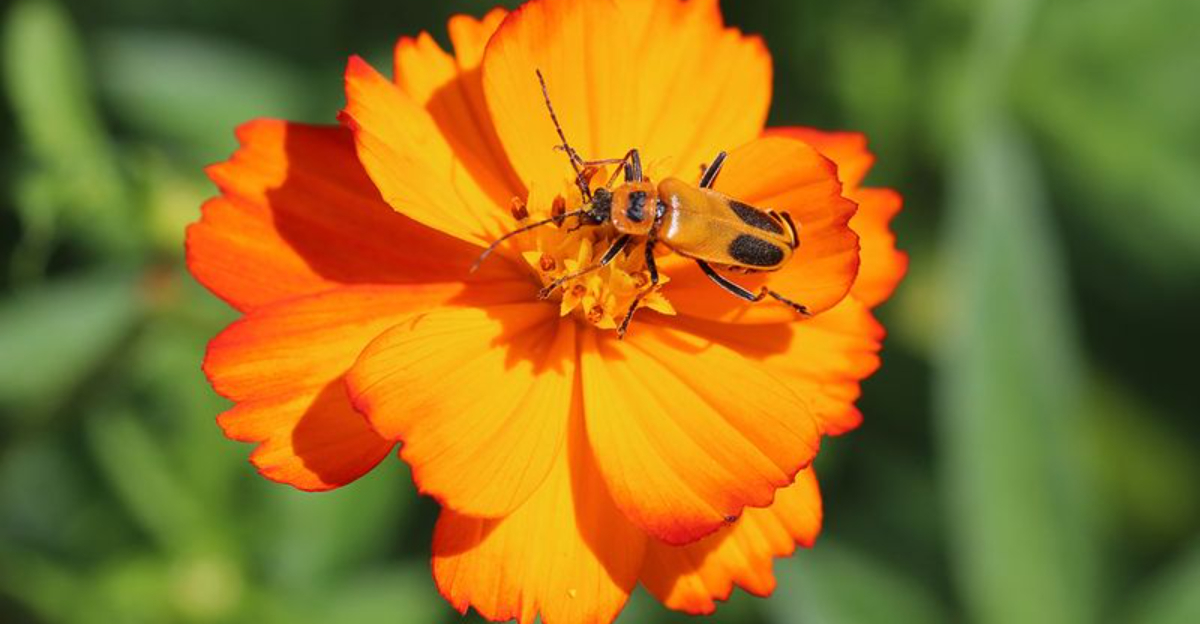
Ever wondered what fuels those tiny armored creatures scurrying around your garden? Beetles make up the largest order of insects with over 400,000 species worldwide, each with unique dietary preferences.
From decaying matter to living plants, these six-legged critters have evolved to consume an astonishing variety of foods, making them crucial players in nearly every ecosystem on Earth.
1. Plant Munchers
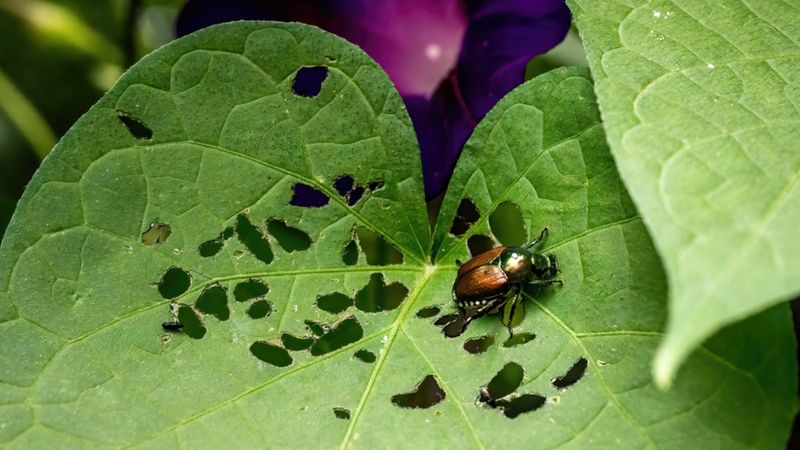
Garden enthusiasts beware! Many beetle species feast exclusively on plant material, munching through leaves, stems, and roots with specialized mouthparts designed for chewing vegetation.
Japanese beetles devour over 300 plant species, leaving behind skeletal remains of once-beautiful foliage. These herbivorous beetles play a significant ecological role by helping control plant populations, though farmers rarely appreciate their hearty appetites.
2. Wood Devourers
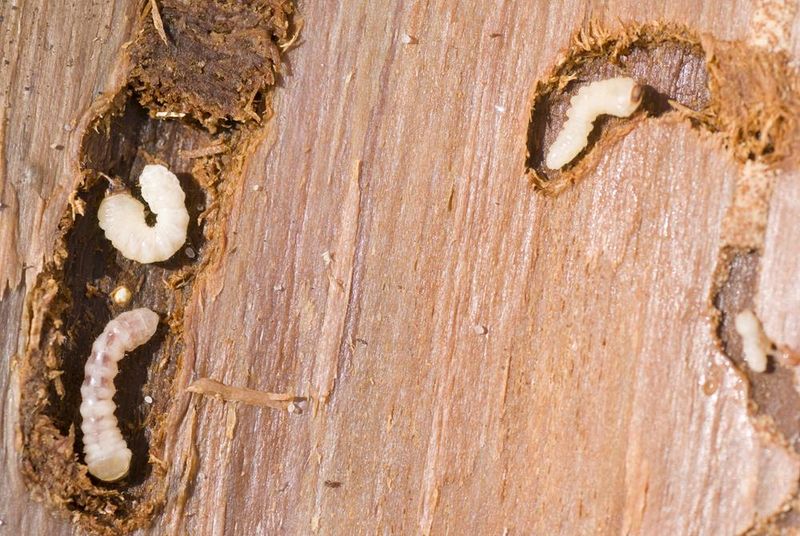
Furniture owners fear them! Wood-boring beetles like powderpost and longhorn beetles have specialized digestive systems capable of breaking down cellulose and lignin in timber.
Their larvae tunnel through wood, creating intricate galleries while digesting what would be indigestible to most other creatures. Some species can spend years inside wooden structures before emerging as adults, causing significant structural damage to buildings and trees alike.
3. Dung Recyclers
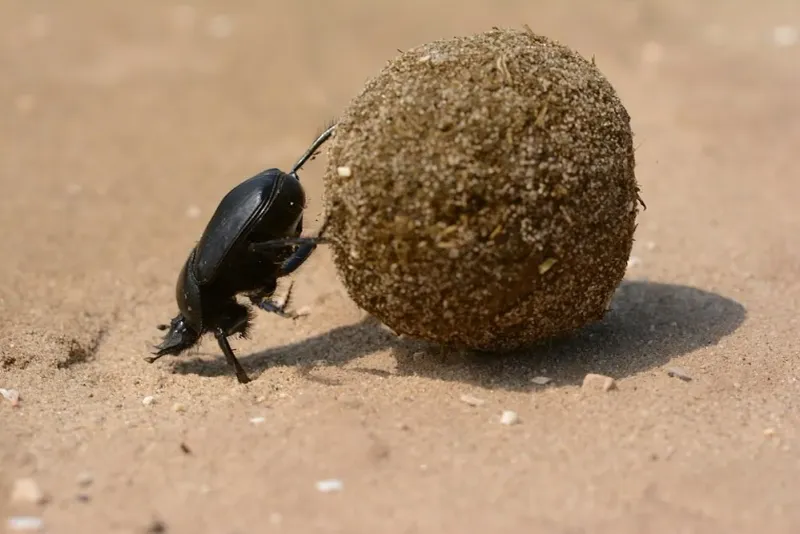
Nature’s sanitation workers, dung beetles collect animal waste and roll it into balls for food and breeding purposes. A single dung beetle can bury 250 times its weight in dung in one night!
These remarkable insects help improve soil fertility, reduce greenhouse gases, and control parasites by quickly removing animal waste from the environment. Without them, pastures would quickly become unlivable waste dumps.
4. Carnivorous Hunters
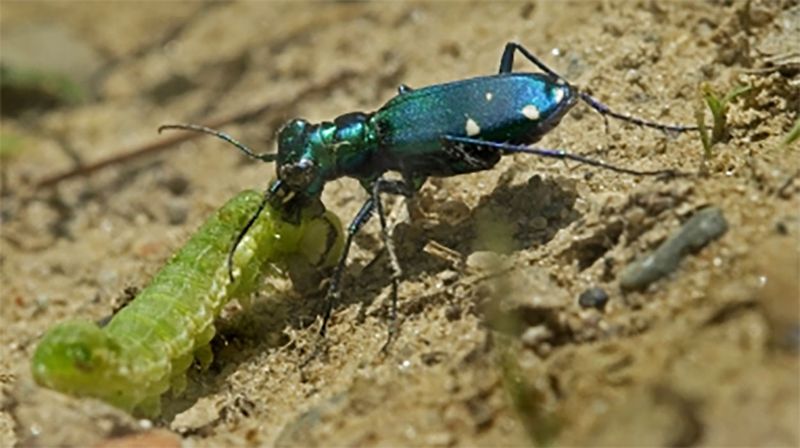
Swift and merciless! Predatory beetles like ground beetles and tiger beetles hunt down other insects with remarkable speed and precision, using powerful mandibles to capture and consume their prey.
Lady beetles (ladybugs) devour hundreds of aphids daily, making them valuable allies in garden pest control. These beneficial hunters have keen senses to detect prey and can track victims through complex environments.
5. Fungus Fanatics
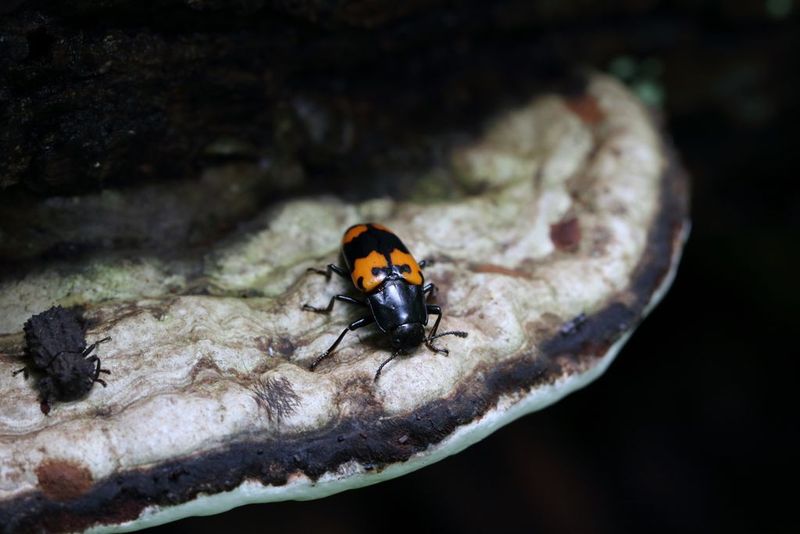
Bizarre food preference alert! Some beetle families exclusively feed on fungi, including mushrooms and microscopic molds. Pleasing fungus beetles display vibrant colors while specializing in consuming bracket fungi on trees.
Their digestive systems contain specialized enzymes that break down fungal tissues. These beetles help control fungal populations in forests while simultaneously spreading fungal spores to new locations as they travel between feeding sites.
6. Carrion Connoisseurs
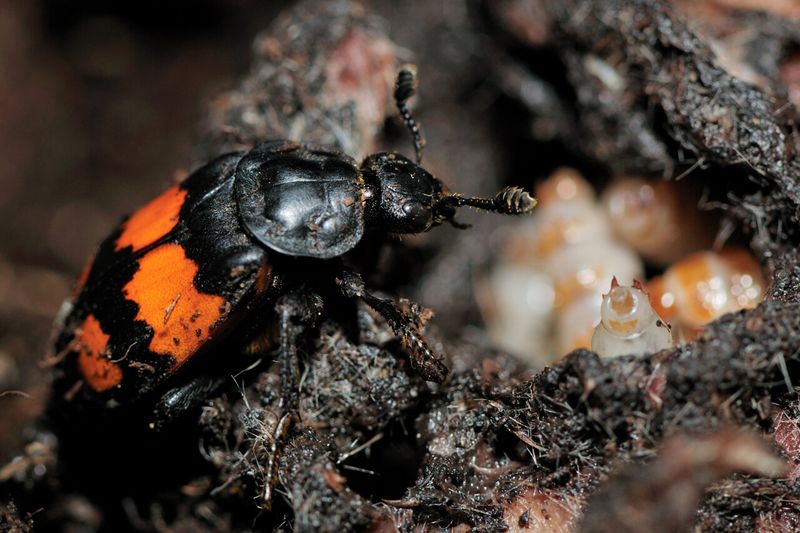
Not for the squeamish! Carrion beetles feast on dead animals, helping decompose carcasses and recycle nutrients back into the ecosystem. Their keen sense of smell can detect a dead mouse from over a mile away!
These undertakers of the insect world often arrive within hours of an animal’s death. Some species even have specialized mites living on their bodies that help fight off competing flies and bacteria at the carrion buffet.
7. Pollen Collectors
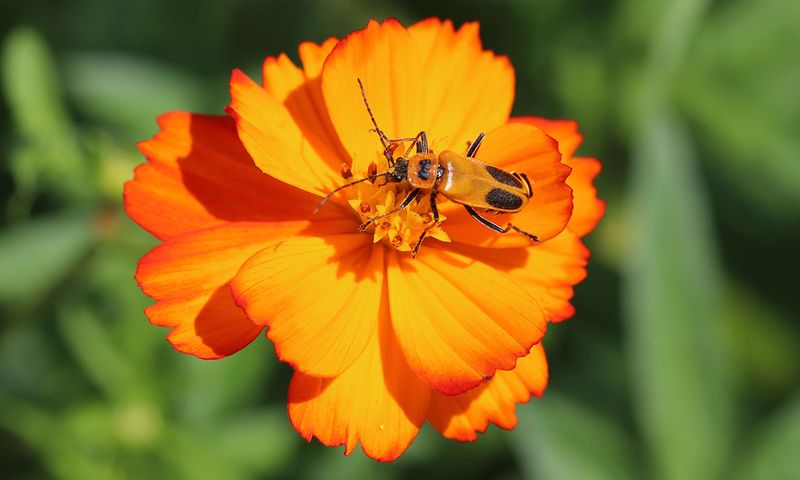
Flower power enthusiasts! Certain beetle species act as important pollinators, feeding primarily on protein-rich pollen rather than nectar. Soldier beetles can often be spotted covered in yellow pollen as they move between blossoms.
These beetles were among Earth’s first pollinators, helping flowering plants reproduce long before bees evolved. Their relatively inefficient pollination method involves simply wandering from flower to flower while feeding, accidentally transferring pollen in the process.
8. Seed Specialists
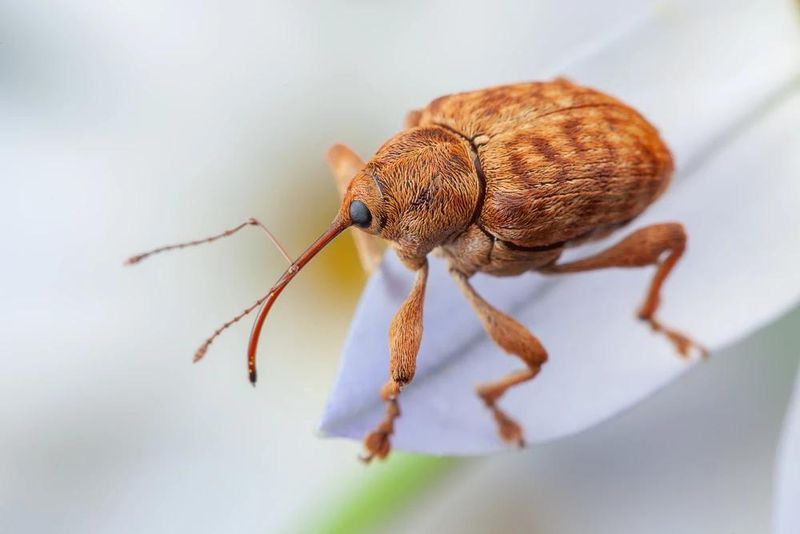
Tiny but mighty! Seed beetles (weevils) have specialized mouthparts perfectly adapted for drilling into seeds and consuming their nutritious contents. A single female can lay eggs inside dozens of seeds, ensuring her offspring have an immediate food source.
These beetles can devastate grain storage facilities but also serve important ecological functions by controlling plant populations in the wild. Their relationship with plants has driven co-evolutionary adaptations like harder seed coats and specialized beetle jaws.
9. Aquatic Vegetarians
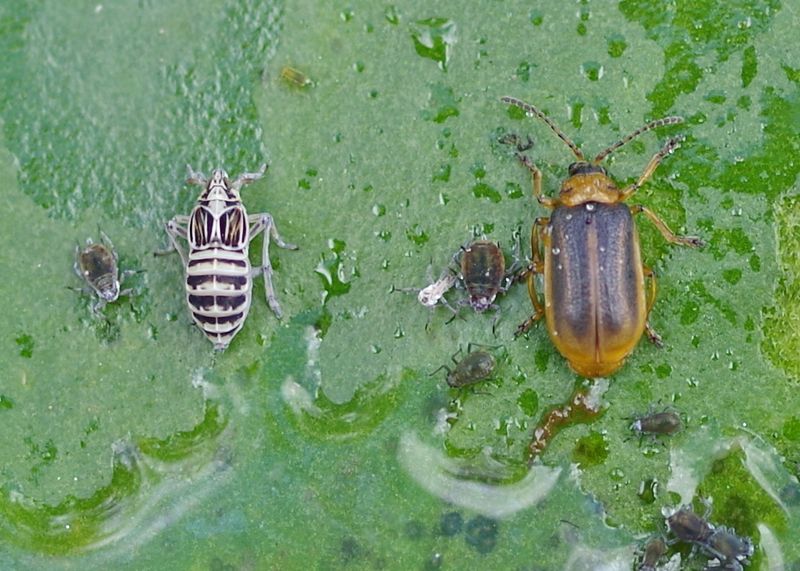
Underwater salad lovers! Water beetles like the water lily beetle feed primarily on aquatic plants, adapting their entire lifecycle to watery environments. Their larvae develop specialized breathing tubes to survive while munching on submerged vegetation.
These beetles can actually process waterlogged plant matter that would be too difficult for many other herbivores to digest. They create distinctive feeding patterns on lily pads and other floating leaves that look like artistic cutouts.
10. Root Nibblers
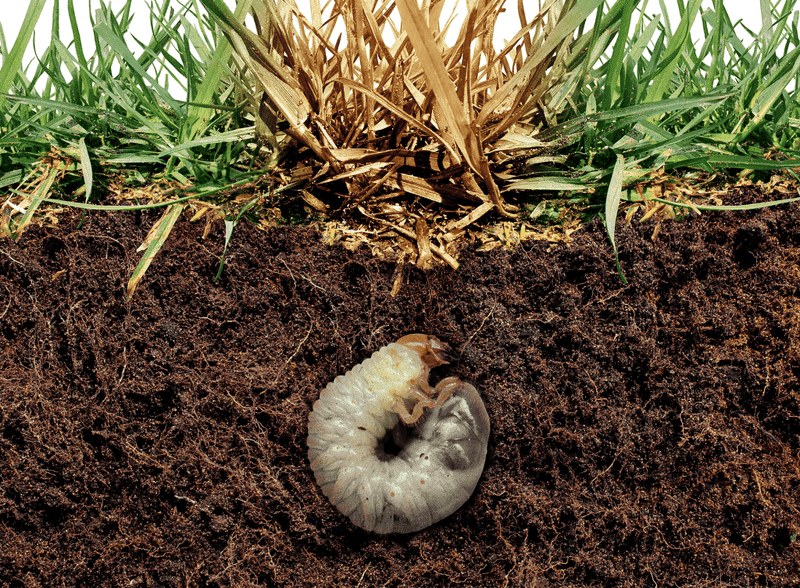
Hidden dangers lurk below! White grubs (the larvae of scarab beetles) feed extensively on plant roots underground, causing significant damage to lawns, crops, and garden plants before emerging as adults.
A single lawn can host thousands of these C-shaped grubs quietly feasting beneath the surface. They’re particularly fond of grassroots, which explains why affected lawns develop brown patches that can be lifted like a carpet as the root systems are completely severed.
11. Stored Food Invaders
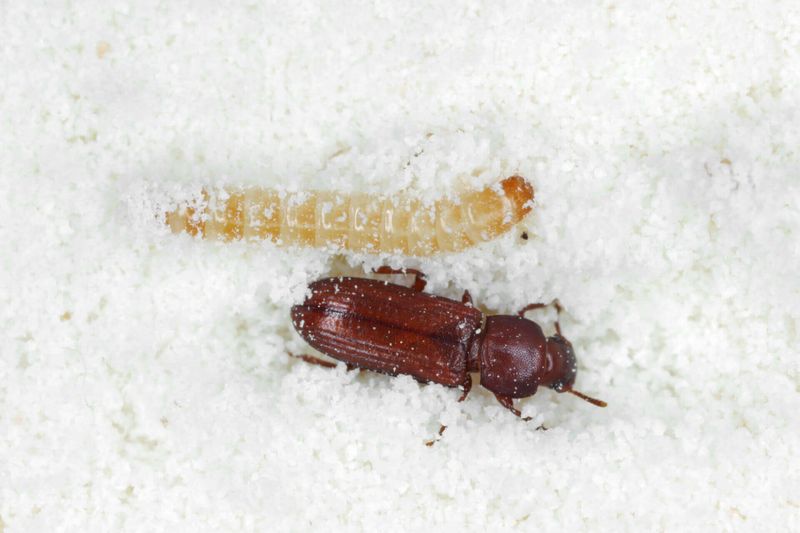
Pantry nightmares! Flour beetles, cigarette beetles, and drugstore beetles have evolved to feed on dried food products like grains, spices, and cereals. Their flattened bodies allow them to squeeze into tiny cracks in packaging.
These resourceful insects can complete their entire lifecycle inside your food containers. Some species are so well-adapted to dry environments that they can extract all needed moisture from their food, allowing them to thrive in seemingly moisture-free products.
12. Sap Suckers
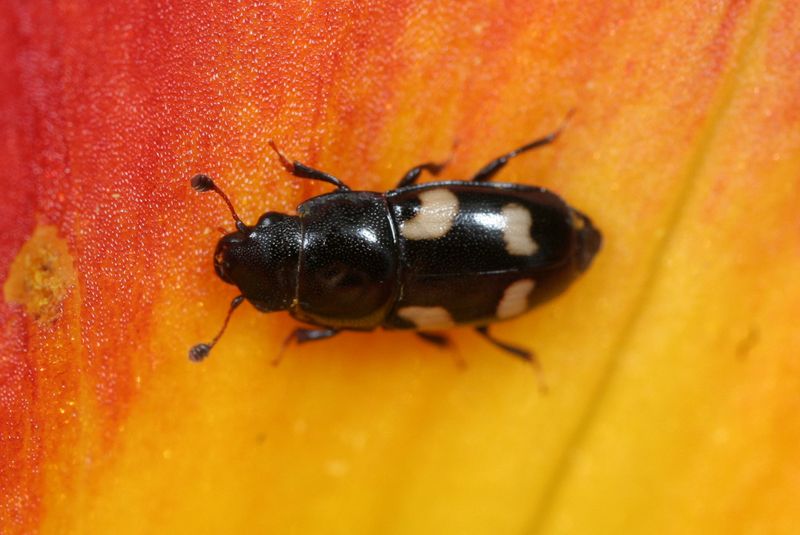
Sweet tooth alert! Certain beetle species have developed a taste for tree sap, gathering at wounds in tree bark to lap up the sugary fluid. Picnic beetles (also called sap beetles) are commonly found wherever sweet liquids are available.
These opportunistic feeders are attracted to fermenting fruits and vegetables too. Interestingly, some sap-feeding beetles have developed symbiotic relationships with specific trees, actually helping protect them from more harmful insects in exchange for their sugary meals.
13. Omnivorous Opportunists
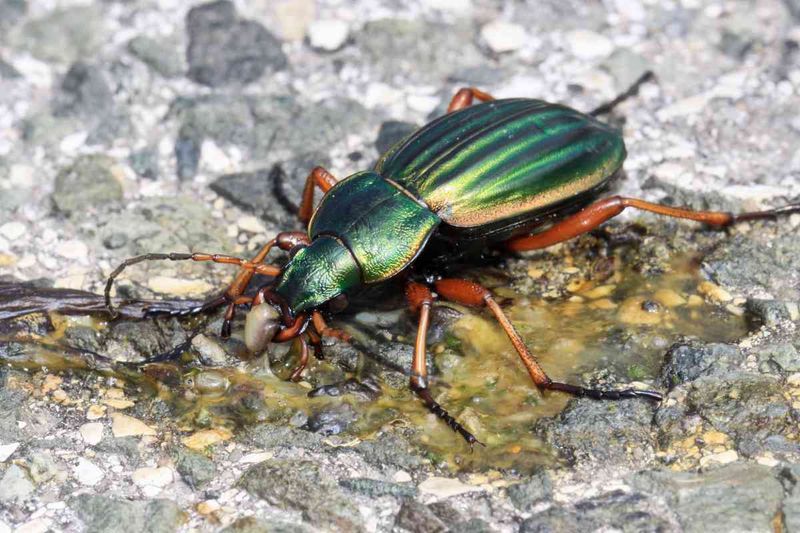
Not picky eaters! Ground beetles and many other species are true omnivores, consuming both plant material and animal prey depending on availability. This dietary flexibility helps them survive in changing environments and seasons.
These adaptive beetles might hunt caterpillars one day and feed on fallen fruits the next. Their opportunistic feeding habits make them excellent survivors during environmental changes when specialized feeders might struggle to find their preferred food sources.

